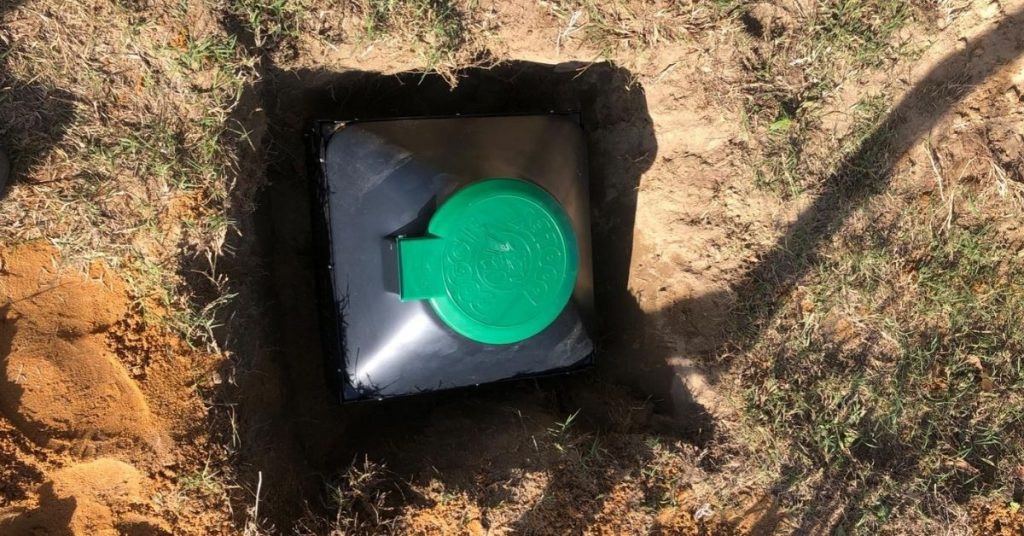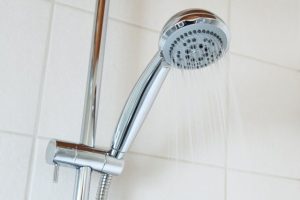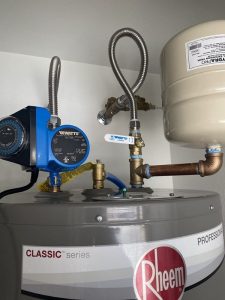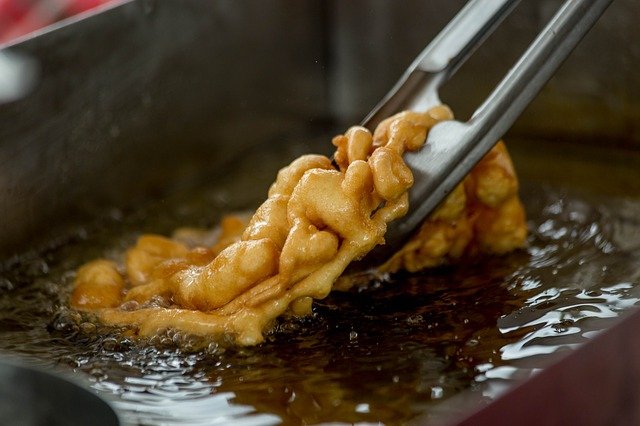Septic systems are very sensitive. They can easily turn into a money pit if they are not well taken care of. A well maintained septic system will last for 30 years or more. Replacing a faulty septic system will cost up to $10000.
A septic tank should be pumped every 3 to 5 years, depending on the size of the household, total wastewater generated, septic tank size and the volume of solids in the wastewater. Septic systems should also be inspected by a service professional every 3 years.

To keep your septic tank pumping costs low, consider installing high-efficiency toilets, low-flow faucets and shower heads, fix leaking fixtures promptly, minimize the amount of solid waste in the waste water, use septic-safe products and avoid dumping grease/oils down the drains.
Use the washing machine and dishwasher efficiently too.
The reason your septic tank keeps filling up faster than it should is because you are using inefficient toilets, faucets and shower heads, you run the dish washer and washing machine inefficiently, or you have converted your sink and toilet into trash cans. Use of non-septic safe products also worsens the situations.
The cost of pumping a septic is between $300 and $500 depending on your area and size of the septic tank. Pumping large septic tanks can cost up to $1000 or more.
The signs of a full septic tank are slow draining fixtures, overly green lawns, smelly lawns, soggy drain field, gurgling drains and slow flushing toilets. Sewage backups from your drains means you need to have the septic tank pumped as soon as possible.
In case you are wondering if septic tank additives work, the simple answer is no. There are enough bacteria in your wastewater to keep the septic tank working efficiently. You just need to perform regular septic tank inspections and avoid the use of harmful products that kill the microbes. Low volumes of waste water also help.
How to Keep Your Septic Tank Pumping Costs Low
If you take good care of your septic system, it will reflect on your bank account. Taking good care of a septic system does not even have to cost a lot of money. It is basically a change of habits and control of what goes down your drains, the frequency, and the volume.
In this guide, I will start with a brief summary and then go ahead to give you the lengthy solution. Let us start with the summary:
- Regular Pumping: Schedule routine septic tank pumping every 3-5 years, depending on tank size and household usage. This prevents solids from accumulating and clogging the system.
- Avoid Overloading: Be mindful of water usage. Implement water-saving fixtures and practices to reduce the strain on your septic system. Fix leaks promptly.
- Limit Chemicals: Use septic-safe products and avoid excessive use of chemicals like bleach, drain cleaners, and strong detergents. These can disrupt the septic system’s natural processes.
- Dispose of Wisely: Do not flush non-biodegradable items (e.g., wipes, feminine hygiene products, paper towels) down the toilet. These can clog the system.
- Proper Landscaping: Avoid planting trees and shrubs near the drain field, as their roots can damage the system. Grass is the best cover for the drain field.
- Septic Inspections: Periodically have your septic system inspected by a professional to ensure it’s functioning properly. Address any issues promptly.
- Maintain Drain Field: Keep heavy vehicles and structures off the drain field to prevent compaction. Ensure surface water doesn’t pool in the area.
- Manage Grease: Dispose of grease and cooking oils in the trash, not down the sink. Grease can clog pipes and the septic tank.
- Keep Records: Maintain records of septic system inspections, pumping, and maintenance. This helps track its history and ensures timely servicing.
- Educate Household Members: Make sure everyone in your household is aware of the septic system’s location and the importance of proper usage and maintenance.
And now the long guide:
1. Regular Inspections
There are 3 types of waste that go inside your septic tank. Solids form a sludge and settle at the bottom of the tank. Liquid wastewater flows out of the tank into the drain field where it percolates into the ground.
The top layer is a scum made of oils and grease. It is this scum and the sludge that you need to be careful about. In order for your septic system to work efficiently, the scum and sludge should not inhibit the flow of the liquid wastewater otherwise you will experience terrible sewage backups.
If the level of the sludge is too high such that it blocks the drain field pipes, wastewater will have nowhere else to flow to, forcing it and the other waste in the septic tank to flow back to your house through the drains.
That is why it is important to have your septic system inspected frequently. Unless you suspect something is not alright, EPA requires conventional septic systems to be inspected after every 3 years while septic systems with electrical and mechanical components should be inspected once every year.
A septic system service provider will inspect the overall integrity of the septic system ensuring that there are no leaks and clogs, but most importantly they will also check the levels of the scum and sludge.
Your septic tank should be pumped when the top of the sludge is within 12 inches of the T-shape outlet or the bottom of the scum layer is within 6 inches from the bottom of the outlet. These details will be given to you by the septic system service provider during an inspection.
It is important to keep records every time you have a septic system service provider inspect your septic system. This will help you know how your septic system operates and exactly when to have it pumped.
In case you just bought a house and don’t know the location of the septic tank, there are a few things that can help you locate it. Find out more information in this post.
2. Use Water Efficiently
You should not overload your septic tank with wastewater. For a septic system to work efficiently, you need to give the microbes inside the septic tank sufficient time to break down the waste.
If that does not happen, there is a chance that sewage will flow out into the drain filed and lawn. Apart from a having a soggy or unusually green lawn, you will also have sewer smells coming from your lawn.
The wastewater will also contaminate the groundwater, posing a threat to your neighbors and yourself who use water from wells, as well as pose risks to marine life. You will also need to pump your tank frequently, which is expensive.
There are a few things you can do to ensure that you do not overwhelm your septic system with wastewater. They include:
Use of High-Efficiency Toilets
Old toilets use 3.5 gallons of water per flush or even more. In a family of say 5 where each person uses the toilet at least 3 times a day, that is 1575 gallons of water dumped in your septic tank in a period of 30 days.
What would happen if you decided to replace your old toilets with high-efficiency toilets with a consumption of 1.6 gallons of water per flush? You will only dump 720 gallons of water in the septic tank in a similar period of time.
1.6 gallons per flush toilets are however not the most efficient toilets. 1.28 gallons per flush toilets are the most efficient toilets and come with an EPA WaterSense logo for easy identification by homeowners.

Residents in California, Texas and Colorado don’t even get to choose. All the toilets being sold in those states must be WaterSense-certified. Using the same example above, a WaterSense-certified toilet will send only 536 gallons of water in the septic tank in 30 days.
Another great thing to do is install dual flush toilets. Dual flush toilets allow you use a little amount of water to flush liquids and slightly more water to flush solids.
Use Low-Flow Shower Heads and Faucets
The United States Environmental Protection Agency found out that showering accounts for 17% of the annual residential indoor water usage. Using low-flow shower heads will significantly reduce that figure significantly.
The standard flow rate of shower heads is 2.5 gallons per minute. Imagine the amount of water you can save if you replaced those with low-flow showerheads with a flowrate of 1.8/1.6 gallons per minute.

Low-flow faucets are another area you can reduce the amount of water being dumped in your septic tank. Installing low-flow faucets can reduce the amount of water you use in your sink by about 60%.
Fix all leaking Fixtures
Leaking faucets, toilets and other fixtures are not only bad for your septic system but your pocket as well. Getting these fixtures fixed as soon as possible will save you a lot of headache.
The thing about leaking toilets is that sometimes it is very hard to notice them, especially when they are leaking from the tank to the bowl. If you suspect that one of your toilets is leaking, drop some food color or dye in the toilet tank and wait for 30 minutes without flushing.
If the color appears in the bowl then you definitely have a leaking toilet. Replace the toilet flapper which is usually the defective part.
Run Washing Machine and Dishwasher at Full Capacity
Instead of running your dishwasher several times a day, consider doing so once when you have lots of dishes to clean. This will reduce your wastewater, allowing your septic tank to work efficiently.
Tossing only a few clothes in the washing machine and running a large-load cycle is also not the way to go. Not only does this dump a large volume of water in your septic tank, it is also very energy-inefficient.
Another thing you can do is to space out your washing machine usage throughout the week. Doing all your laundry at once results in you dumping a large volume of water in the septic tank which will overwhelm it, forcing most of it to flow out to the drain field before being properly broken down.
Energy Star-labeled washing machines are very efficient in terms of water and power usage. If you are on the market for a washing machine look out for one. By the way, washer dryer combos use more water than stand-alone washers and dryers.
Install a Hot Water Recirculation Pump

How much cold water do you waste in your shower waiting for hot water to start flowing out? All that water ends up in the septic tank.
A hot water recirculation pump is a pump installed on your hot water line to create a loop, whereby unused hot water is pumped back to the water heater as soon as it starts cooling off and replaced with fresh hot water.
That way, you will always have instant hot water when you need it eliminating delays and wasting no water in the process. More about recirculation systems in this post.
3. Don’t Pour Grease Down the Drain

If you don’t want trouble with your septic system avoid pouring grease and oils down your kitchen drain at all costs. I have seen a lot of bad advice concerning this issue. “Just dump the grease in your kitchen sink followed by vinegar, baking soda and boiling water”!
While boiling water will wash the grease down the drain, what happens when it settles in the septic tank? Since grease and water do not mix, the will separate once in the septic tank.
Due to how sticky grease is, it will form gunk with other substances in the septic tank clogging up the drainpipe and if by any chance it flows to the drain field clog the pipes as well. At that point sewage backups will be inevitable.
You will have to pay thousands of dollars to replace your drain field replaced as well as the drainpipe unclogged.
4. Avoid Flushing Trash Down the Toilet
The only thing that should be dumped and flushed down a toilet is human waste, toilet paper and water. Anything else will be a risk to both the drainpipe and septic system.
Tampons, condoms, dental floss, diapers, wet wipes, cat litter, feminine hygiene products, medicine, grease, paints, broken glass, hair and other household waste should not be flushed down the toilet especially by people on a septic system.
It does not have to take long for these substances to end up in the septic tank and drain field pipes and clog them. The price to fix that will be quite high.
5. Minimal Use of the Garbage Disposal

A garbage disposal is quite effective in shredding and flushing waste down your kitchen sink drain but you should limit its use as much as possible if you are on a septic system. Every time you run your garbage disposal you are adding up the sludge in your septic tank meaning you need to have it pumped more often.
A good alternative to the garbage disposal is composting. Composting your household waste will not only reduce the frequency of your septic tank pumping but will also leave you with great fertilizer for your garden.
6. Use Septic-Safe Products
If you are on a septic system you need to make sure that you are using septic-safe drain cleaners as well as septic-safe toilet paper. Most drain cleaners have high concentrations of chemicals which if flushed down the drain will kill the good bacteria in the septic tank.
The same is also true for non-septic safe toilet paper. Septic-safe toilet cleaners should be able to break down easily and scented. They may cost a few dollars more than ordinary toilet paper but they are worth it.
You need as much bacteria as you can in the septic tank to break down the waste. Otherwise you will end up with soggy and smell lawns and the need to have your septic tank pumped frequently.
An alternative to using toilet paper is installing a bidet/bidet toilets seats. Although these will increase the amount of water flowing to the septic tank, they will reduce the toilet paper sludge and poses no risk to the microbes in the septic tank.
7. Take Care of Your Drain Field
A problem with your drain field will affect your entire septic system. That is why it is important to take good care of it, otherwise you might need a new one.
The first thing to remember is to never park a vehicle or build/erect a structure on top of the drain field. The excess weight of the structure or car will compact the drain field making it hard for the wastewater to percolate through the ground. Pressure exerted on the pipes could also make them burst.
Another thing to avoid is plating trees very close to the drain field. By nature, tree roots will grow towards moisture and if they are very close to the drain field they will in no time find their way inside the pipes causing serious clogs, even bursts. A septic system specialist can advise you on the proper distance to plant trees from the drain field.
Other Ways to Protect Your Septic System:
- Do not empty hot tubs in the septic tank
- While brushing your teeth don’t leave the faucets running.
- As you wash your hands, lather the hands with soap before turning on the faucet.
- Divert surface run off from your drain field.
- Explore alternatives to water softeners.





